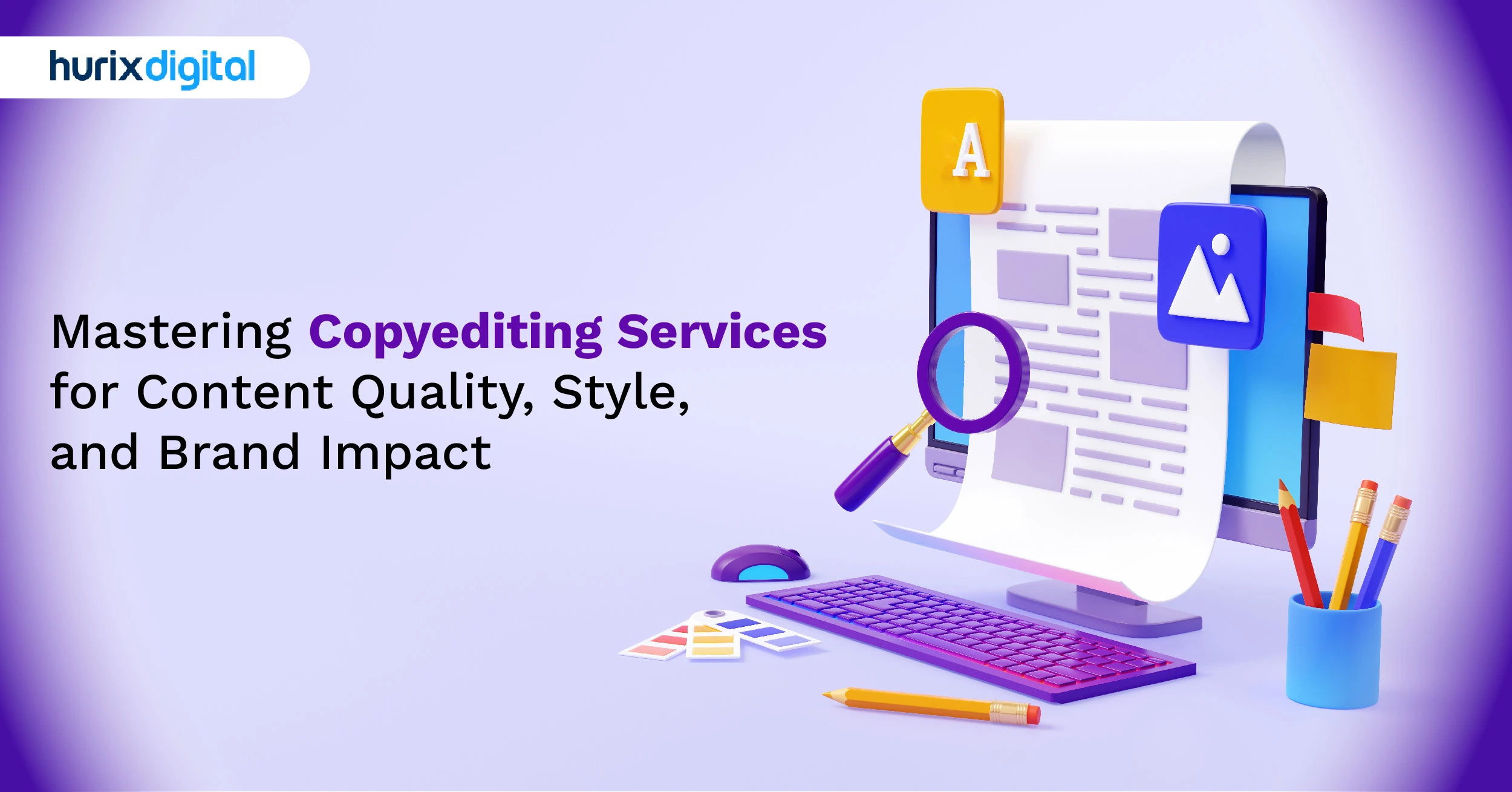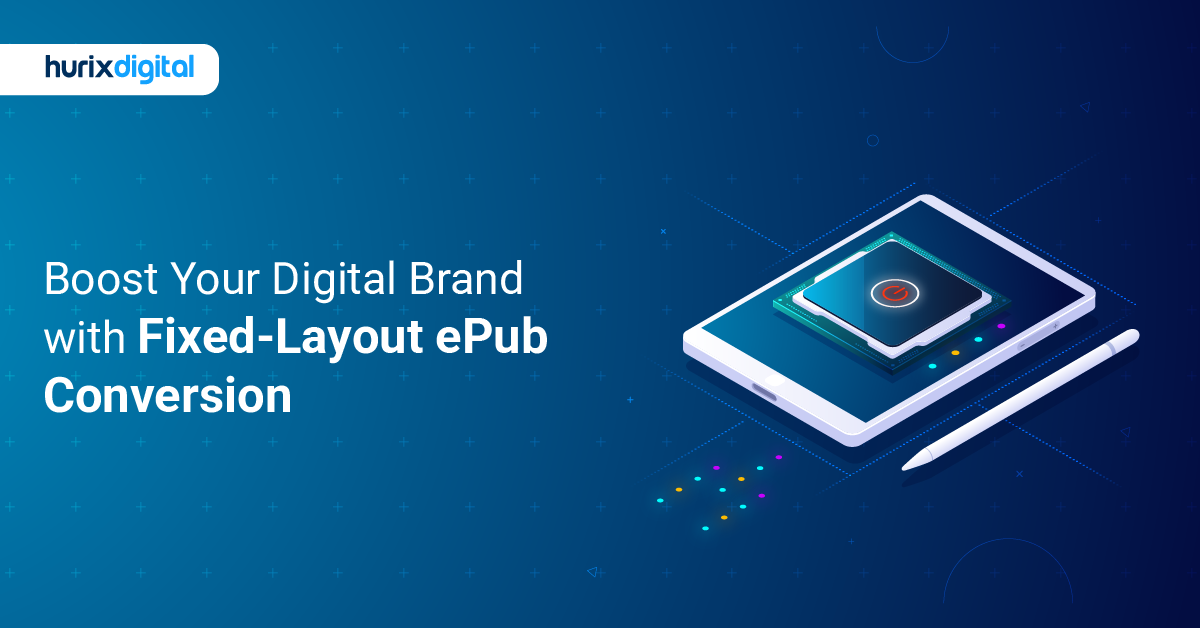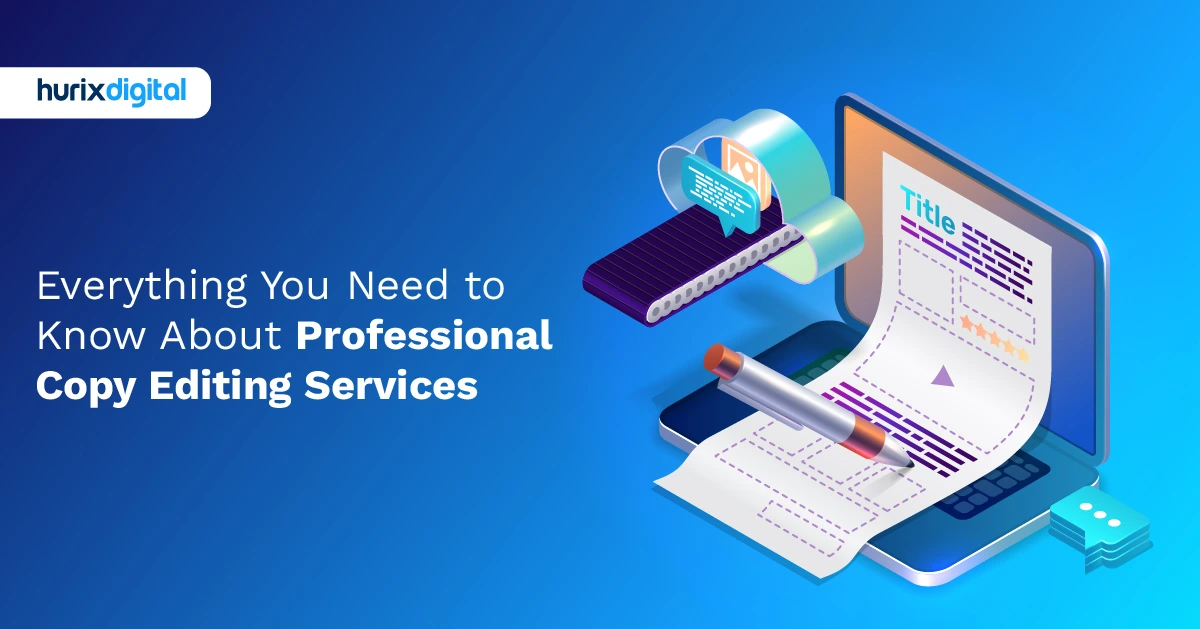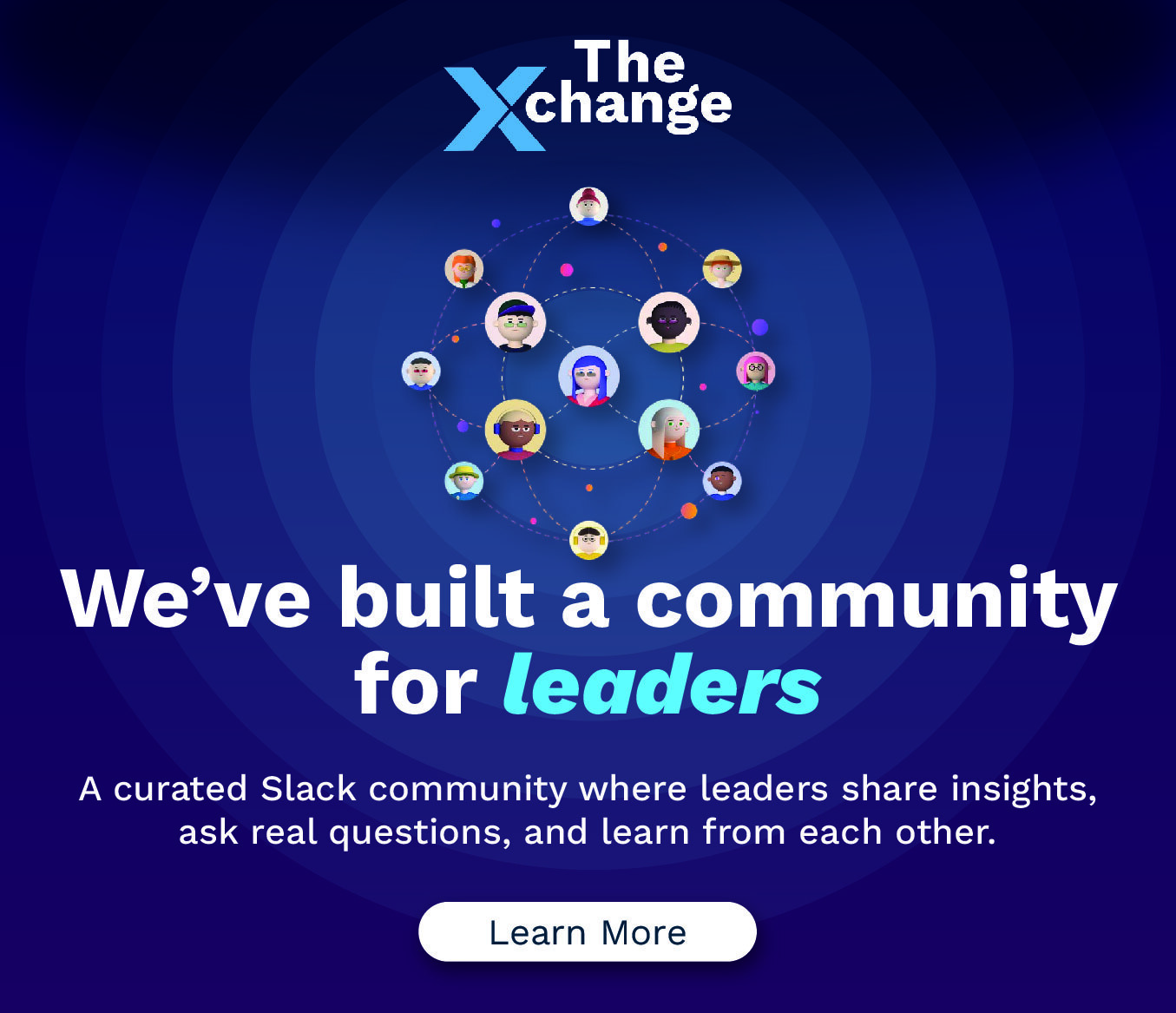
How ePUB Solutions Streamline Large Scale Digital Publishing Projects
Summarize with:
With the rise of mobile devices, traditional publishing has made way for digital publishing. Staying true to trends, print media and traditional publishers alike have latched onto the digital medium, making way for e-Publishing solutions as a large-scale industry. But like traditional publishing itself, large scale digital publishing comes with its own set of challenges.
Table of Contents:
- Challenges Faced by Large Scale Digital Publishing Projects
- Streamlining Digital Publication Using e-Publishing Solutions
- How e-Publishing helps Digital Publications?
- How e-Publishing solutions help?
- Best Practices in e-Publishing
- A Bright Future
Challenges Faced by Large Scale Digital Publishing Projects
Online publishing/e-publishing has been facing disruption at an unprecedented rate. With the ever-changing landscape of the internet and how people consume content on it, publishers are struggling to keep up.
- Getting together a team – With digital publishing platforms, publishers no longer have the luxury of producing quality content every month. The turnaround time for content has reduced to a daily or hourly basis. With this gigantic task at hand, publishers are looking towards freelancers to get their job done.
However, with a team spread across the globe, and not confined to a premise, managing the varied work done by them is now a problem that needs solving. - Unending competition– Digital platforms have a low entry-barrier. Anyone with access to the internet can start making content. As a result, the content distribution must be streamlined to rise above the competition.
- Customized content for different platforms– Each and every internet platform needs a different treatment. Content must be tailor-made for each platform. For example, content made for Instagram must be a great visual, whereas the same content for Facebook must be an amalgamation of visual and great writing. The same content, when made for a micro-blogging platform like Twitter, will need to be condensed.
- Generating revenues – Towards the beginning of the digital era, click-based ad-revenues were the lead source of income for most online content creators. However, that is gradually dying. Today is the age of sponsored content or native advertising. Publishers must now tailor their content to their sponsor’s need, without antagonizing their reader base.
Related Article – Best Practices in Editorial Project Management for Publishers
Streamlining Digital Publication Using e-Publishing Solutions
e-Publishing can be described as the perfect marriage between traditional and new-age digital publishing. The idea is to take the publishing strategy of traditional books and magazines and put them on a digital medium. e-Books and e-Magazines are ideal examples of e-Published material.
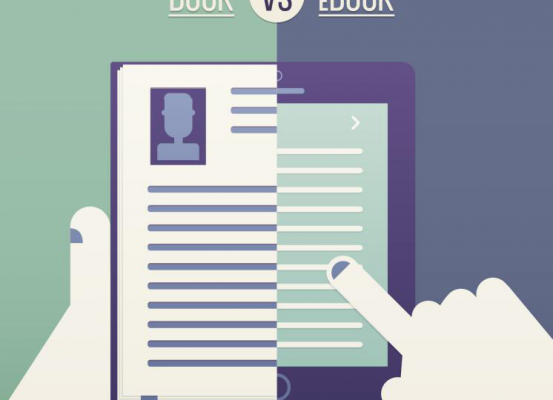
How e-Publishing helps Digital Publications?
e-Publishing or print on demand can help resolve a lot of the problems faced by digital publishers.
- e-Published works are not created in a time-crunch. But rather, it’s a well-produced project, where time constraints, if any, are placed only after meticulous research.This allows publishers the luxury of being able to choose their writers and contributors more selectively. Also, the hassle of managing a globally spread out team is contained, as work is assigned after diligent planning, with enough time allotted to reign it all in.
- Unlike day to day digital platforms, e-Published work is released on devices and platforms with much fanfare. Although this doesn’t mean an end to competition, the same, however, is well balanced and spread out, without putting a constant strain on the publisher.
- e-Published work is usually ushered in by a string of cross-platform promotions. This invokes the reader’s interest, and if the content promised matches their taste, publishers can rest assured that when they do publish, there will be people waiting to pick up their work.
- e-Publishing also limits the number of tweaks needed to suit every platform. Although tweaking content to fit different devices and formats is necessary, it is, however, usually the layout that needs changing, and not the content itself.
- With e-Publishing, generating revenues is not a herculean task. The reader buys the work they want to read up front, and the publisher no longer needs to depend on Ad or subscription revenues to sustain their business.
e-Publishing also has an edge over traditional publishing.
- The cost of publishing is very low in e-Publishing.
- Time taken to put content together is also comparatively less.
- The content can reach the reader without any delay in the delivery time. It fits well with today’s generation’s need for instant gratification. Here are the top advantages of using a Digital publishing platform
How e-Publishing solutions help?
e-Publishing isn’t directed towards a single platform. e-Published works can be smartphones, laptops and desktop as well.
Moreover, different formats are also at play. While Amazon is actively promoting e-Pub, which is one of the most widely used formats, Adobe’s PDF is what most computer and android phone owners use. Here are 10 Benefits of Converting PDF to ePUB
Due to globalization, literary work is seldom confined to a single language. Translations are a rage. Publishers must also keep in mind that their work may need to be released in more than one language.
Handling these many avenues might boggle even the most organized of publishing houses. This is where e-Publishing solutions come into the picture. Not only do they streamline the process of publishing – from the conception of idea, till the time it reaches the reader’s screens, it also takes care of distinct layouts, or the best options for publishing in each format, etc. Thus, e-Publishing solutions make this whole complex process a smooth-sailing affair.
Related Article – 7 Factors to Consider While Outsourcing Publishing Services
Best Practices in e-Publishing
e-Publishing is becoming a more challenging platform every day. The readers are spoilt for choices. With bigwigs like Amazon, now, not only hosting but also publishing eBooks, even scouting for writing talent, the competition is steep.
Here are some best practices that digital publishers can follow to ensure maximum reach and revenue:
- Publish over multiple devices and formats – This is perhaps the most important rule. Do not limit yourself to a single platform. In the e-Publishing business, there is no one device or format that has an edge.Even though PDF is the most widely used electronic document format in the world, a wide array of users like to invest in e-PUB for a superior reading experience. Even formats like LIT still have a user base.
- Do not take social media lightly – Most consumers of e-Published content are also active users of social media. The right campaign can help your user-base to grow exponentially. Using behavior-based targeting is a time-proven way of helping more readers find your work. With the data that social media platforms mine, in terms of their user’s preferences, they are the right platform for any publisher to find the readers who will particularly prefer their work. In the long run, this will create a loyal reader base that the publishers can count on.
- Don’t think of free chapters as freebies – Amazon has built a loyal user-base by giving away initial chapters of their e-Books for free. This only goes to show what an effective strategy this can be. It is only human nature to seek closure. And giving away a little bit of your work for free leverages this behavior. Once you have the reader hooked, they won’t think twice before buying your product.
- Do not trade in quality for quantity – Last but not the least, social media campaigns and freebies might fetch the initial reader, but only quality content will keep them coming back for more.
A Bright Future
Much like music or movies, readers are engaging in a more shared experience when it comes to reading. This becomes a massive advantage for any digitally published content.
The shareability, accessibility and ease of production of digital work is far greater than that of a physical product. And leveraging this change in trend will allow publishers to streamline their publishing business, undertake large scale projects and deliver quality output.
 A Space for Thoughtful
A Space for Thoughtful 
